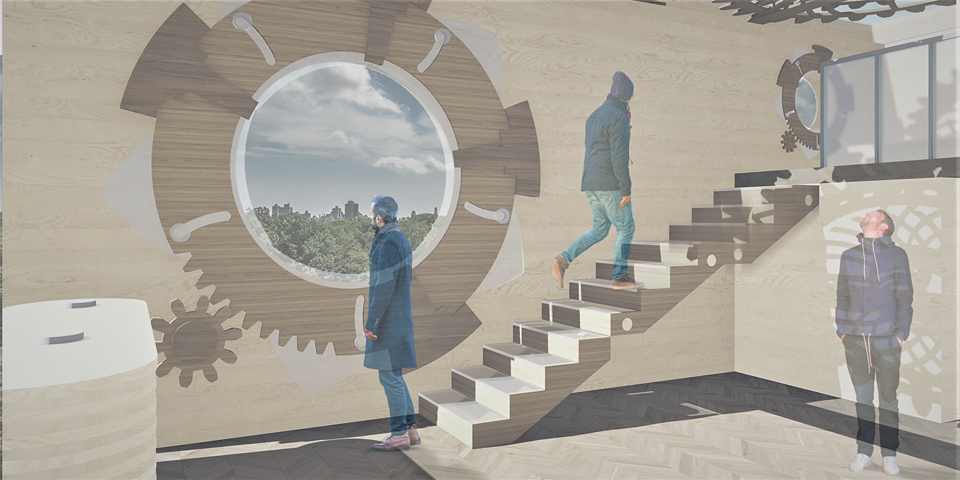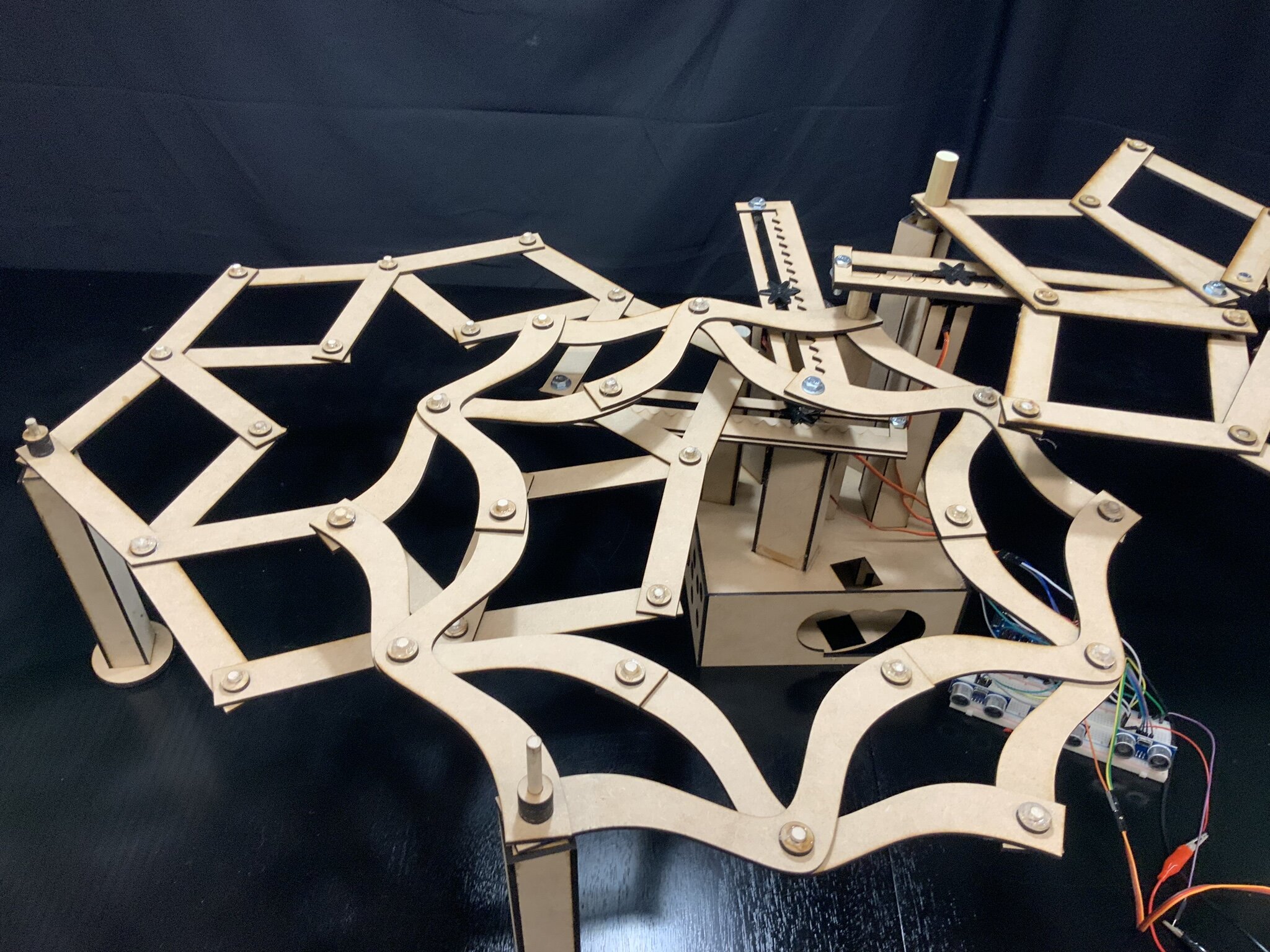Advanced Tectonics
2019
In today’s world, complexities in societies, human behavior, and resource consumption lead architecture to perform responsively to environmental parameters or users’ needs. The increasing practicality of the Internet of Things (IoT), artificial intelligence (AI), active mechanical components, algorithmic design capabilities, material innovation, and robotic fabrication have also had a major impact in creating adaptive spaces that can change and respond to the users’ need and environmental consideration in a fluid manner. Implementing adaptive strategies can create new opportunities and qualities for the environment including enhancement of building performance, optimization of resource uses, and increasing human interaction.



This class focuses on adaptive and responsive architecture through a multidisciplinary approach. The class aims at a more comprehensive design of adaptive systems in architecture. The framework for designing adaptive systems in this class incorporates computational methods in both design thinking and fabrication process as well as studying material behavior, transformative mechanism, programming, sensory environment, and robotics. The four key concepts explored are dynamism, Human-Computer interaction, transformability, and intelligent behavior.



By use of cutting-edge software and technologies such as Grasshopper, Firefly, Dynamo, Python scripting, sensors, Arduino microcontrollers, Shape Memory Alloy, etc. these projects respond to their environment and peoples around them.















